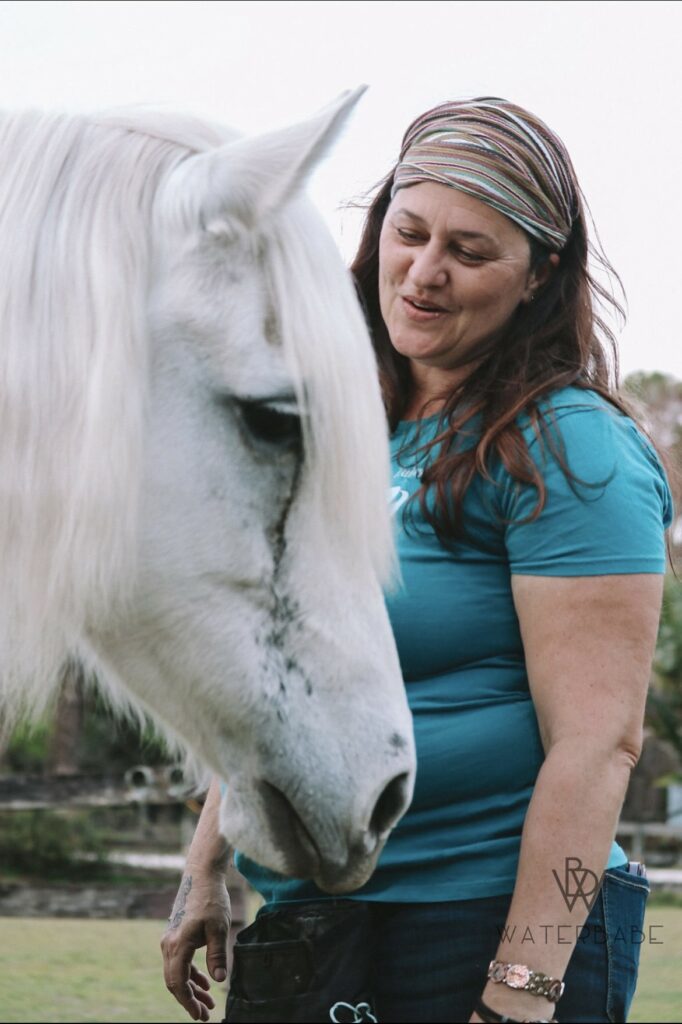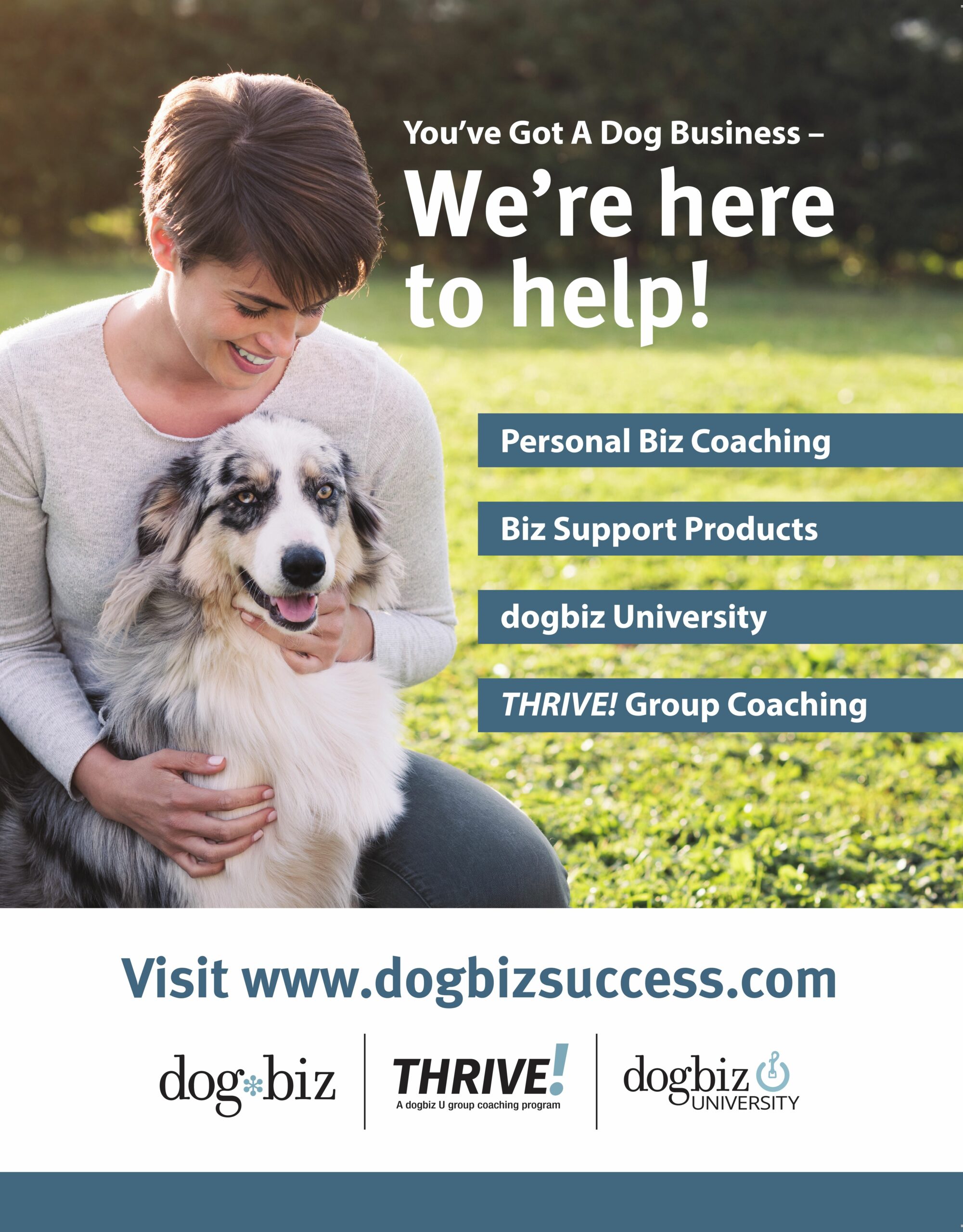Barks Blog
Hoof Care Options for Fearful Equids
by Michelle Martiya

When people adopt or rescue fearful and feral equids, one of the most pressing issues the new owners face is the need to trim their feet. These animals often come with feet that are too long, which can be painful and cause long-term musculoskeletal problems.
Much like dogs accepting nail trims, hoof trims can be one of the most challenging procedures for an equid to accept, and the need for care will frequently happen before training for this procedure is complete.
Fortunately, there are a few things we can do to help prolong the time between the equid’s arrival and the need for a trim, as long as the equid’s hooves aren’t already too grown out.
First Things First
When the equid arrives, they’ll first need a care team consisting of an equine vet, a farrier specializing in barefoot trims, and a trainer who can help the owner prepare the equid for care.
If the equid is a donkey or zebra, they’ll need a farrier who understands their unique needs, as their feet differ from those of horses. The vet and farrier can determine if the equid’s feet need to be trimmed immediately or if trimming can wait, and for how long.
Modifying the Environment
Modifying the substrate in the equid’s enclosure can help keep the equid’s feet short and, in some cases, even help with self-trimming. In my experience, crushed shells and pea gravel work best. Dump it on the ground in high-use areas, like around the water trough, where the equid is fed, or where the equid passes frequently.
Creating wet conditions in another high-use area will help soften the equid’s hooves, making them more likely to chip off as they dry.
Training
Most people focus on teaching their equids behaviors directly related to hoof care, like picking up their feet when someone runs a hand down their leg, but other behaviors that are often overlooked can help prepare the equid as well. Even though the equid may not be handleable, the owner can still train for hoof care.
Equids are not built like tripods, so standing for hoof care is more challenging than we realize. Exercises focused on balance and hind-end awareness are highly beneficial for the equid’s body and mind, boosting their confidence and improving their ability to stand on three legs.
One of my favorite exercises is to walk the equid down the length of a pole on the ground with both right feet on one side and both left feet on the other. It sounds easy, but it can be quite difficult for many equids.
Another great exercise is to have the equid stand on a mattress or thick yoga blocks. With blocks, you can start with just one foot and build up to the equid standing with all four feet on the blocks.
Training your equid to station on a mat and place their feet on different objects can help prepare them for putting their foot on a hoof stand. These behaviors can be trained without touching the animal.
Recently, one of my students was given the brilliant idea (credit to Kayti Curtis and Deb Carlson) to train her equid to stand on a wet carpet to help soften his hooves for filing. Having already learned to station on a mat, he was able to transition easily to standing on the wet carpet. This made filing his feet easy, as he had also learned to place his foot on the hoof stand. All of this was done without touching the horse.
Bridging the Gap
When an equid is not quite ready to stand for a full trim but needs it done, an open bar/closed bar protocol can make up the difference and is easy for the average owner to understand and do. This involves feeding the equid while they are being handled and stopping when they pull away or the farrier lets them go. The animal usually figures it out quickly as well and will tolerate more handling than they would otherwise.
Open bar/closed bar protocol for desensitizing to touch and hoof handling
Training the equid to stand in stocks or a similar containment system can make sedation for hoof trims possible, if needed. Depending on the setup, it may be possible to do the hoof trim in the stocks as well, offering the safety of protected contact for the farrier.
Hoof care is not one-size-fits-all when it comes to working with fearful equids. You can help your clients assemble their equid’s care team and decide when the equid’s care is a “want” versus a “need”. With the right environment and thoughtful preparation, hoof care can be accomplished at any point without compromising the equid’s emotional well-being.

Michelle Martiya is an ABI certified exotic animal trainer who works with canines, equids, and exotic species. Michelle specializes in connecting and building relationships with fearful and feral equids, combining her natural ”way” with animals and her many years of experience, with a robust education in animal behavior and training. Michelle’s animal experience includes both domestic and exotic species, and she currently coaches people in training their animals through video conferencing and other virtual media through her company Essential Animal Training.

